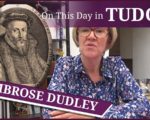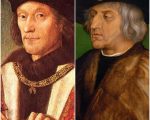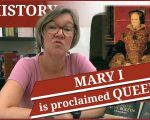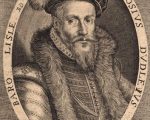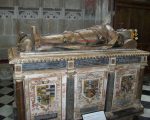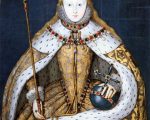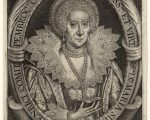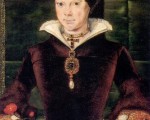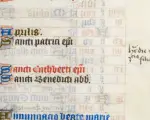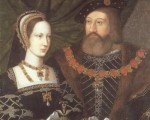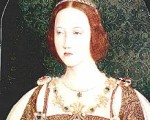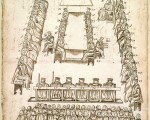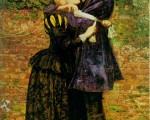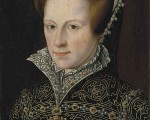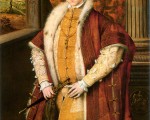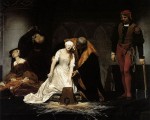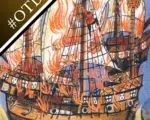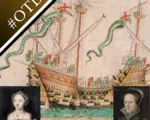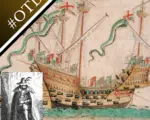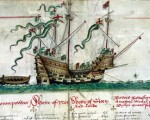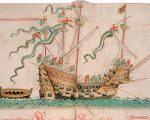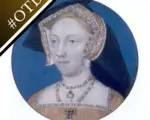On 19th July 1553, thirteen days after the death of her half-brother, fifteen-year-old King Edward VI, thirty-seven-year-old Mary Tudor was proclaimed queen in place of her first cousin once removed, Lady Jane Grey, or Queen Jane.
The Chronicle of the Grey Friars of London records:
“Item the xix. day of the same monyth, [which] was sent Margarettes evyne, at iiij. of clocke at after-none was proclamyd lady Ma[ry to] be qwene of Ynglond at the crose in Cheppe with the erle of Shrewsbery, the earle [of Arundel], the erle of Pembroke, with the mayer of London, and dyvers other lordes, and many of the ald[dermen] and the kynges schrffe master Garrand, with dyvers haroldes and trompettes. And from thens cam to Powlles alle, and there the qwere sange Te Deum with the organs goynge, with the belles ryngynge, the most parte alle [London], and that same nyght had the [most] parte of London Te Deum, with bone-fyers in every strete in London, with good chere at every bone [fyer], the belles ryngynge in every parych cherch, and for the most parte alle nyght tyll the nexte daye to none.”
[Read More...]
